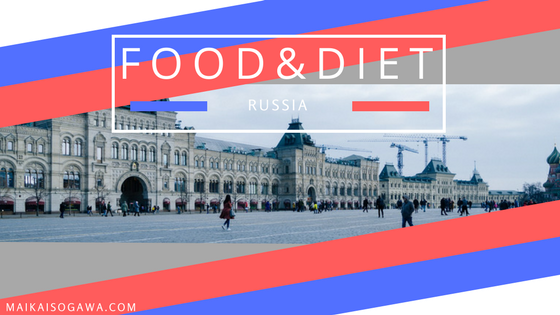Russia is huge.
It’s extension from Europe, across the northern hemisphere and into Asia results in layers of culture, tradition, and most importantly, cuisine. Eastern European influence is obvious, along with hints of Mongolian, Georgian, even Mediterranean flavors.
Since my time in Russia was going to be short, I made no effort to learn the language or study the vocabulary (although I can read Cyrillic phonetically). It’s made dining fairly interesting. Let’s play a game called – “point at the menu and see what you get.” So far I’ve gotten really salty fish, french fries wrapped in deep-fried dough, and mayonnaise with scarce bits of beetroot, among other delicacies.
I always enjoy learning about the local dishes, eating habits, and health-related governmental guidelines of other countries, so here you go:
…
Effects Of Climate
Infamous Russian winters coincide with the country’s history of food. Crops that thrive in cold climates – grains (rye, barley, buckwheat), root vegetables (beets, potatoes, turnips, onions), and cabbage became staples.
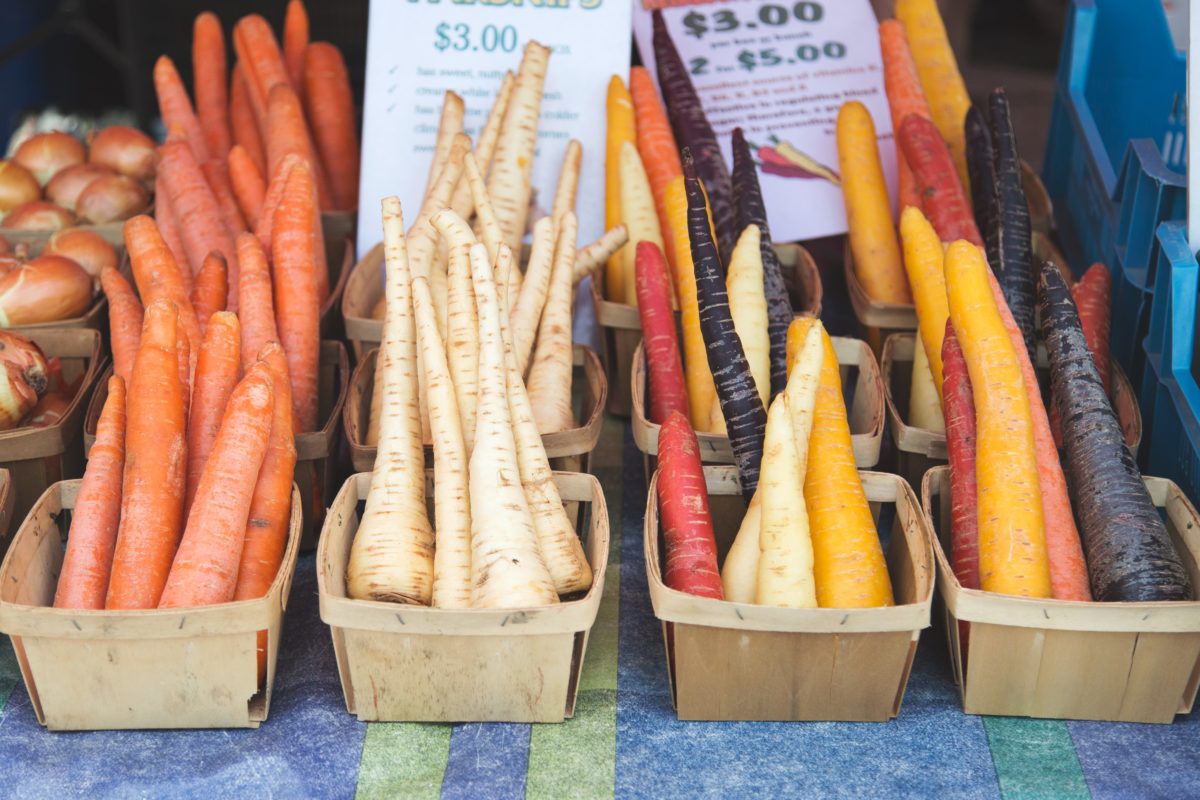
Influences Throughout History
Ancient Russian leaders brought Italian craftsmen and French chefs into their courts, which lead to the introduction of pastas, pastries, and other delicacies into the culture.
With the Russian Orthodox Church, many days throughout the year were fasting days, during which fish was the only meat allowed. Today, Russians eat a lot of fish.
The collapse of the Soviet Union triggered a sharp decline in daily caloric intake.
Typical Diet
A ‘typical’ Russian diet has a higher saturated fat and sodium intake than the US Department of Agriculture and the Centers for Disease Control and Prevention. Despite this, only 26.5% of the Russian population is considered obese, compared to 35.7% of Americans.
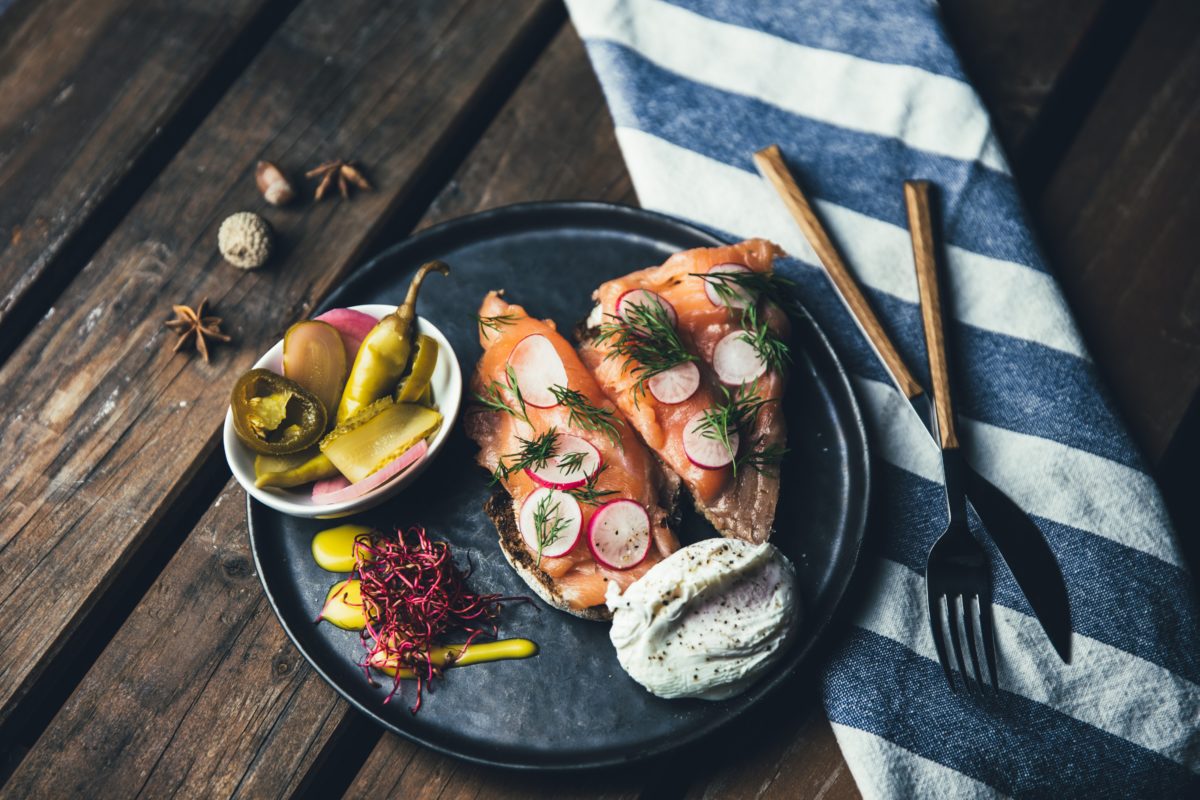
Breakfast – includes whole grains and is often high in protein. A warm buckwheat porridge, or toast is accompanied by eggs, sausage, ham or cheese. Sounds hearty.
Lunch – is usually served later, possibly around 2 pm. It’s a big meal, starting with a hot soup, then a meat or fish dish with potatoes/bread and vegetables, and finished with a hot beverage and often dessert.
Dinner – also fairly substantial. A round of appetizers: cheeses, various meats, pickles. A salad usually with potatoes, eggs, and mayonnaise. Similar to lunch, a main dish of cooked meat or fish, followed by drinks and dessert.
The image below shows the various food groups in an average Russian diet:
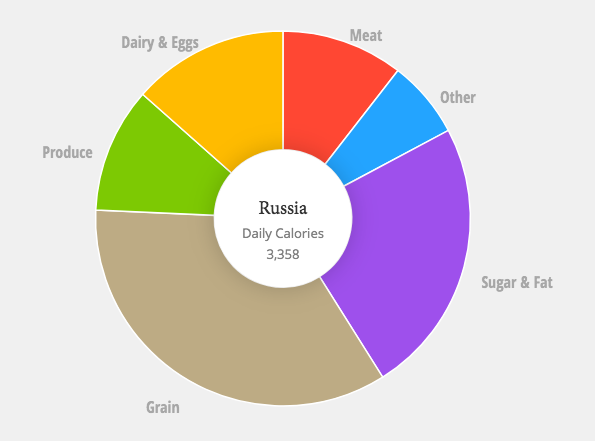
[ Grain: 35%, Produce: 11%, Dairy & Eggs: 13%, Meat: 11%, Other 7%, Sugar & Fat: 24%]
This split seems relatively balanced, with no dominant food group.
…
Russian Dishes
Russian Salad (Salat Olivier) – a heavy salad which often consists of potatoes, carrots, eggs, onion, dill, peas, bologna, mayonnaise and lettuce.
Bliny (Russian pancakes) – thin pancakes served sweet or savory, often filled with things like sour cream, fresh fruit, or smoked fish.
Borscht – traditional soup, usually bright red in color. Beetroot is the main ingredient, also may include vegetables, meat, sour cream.
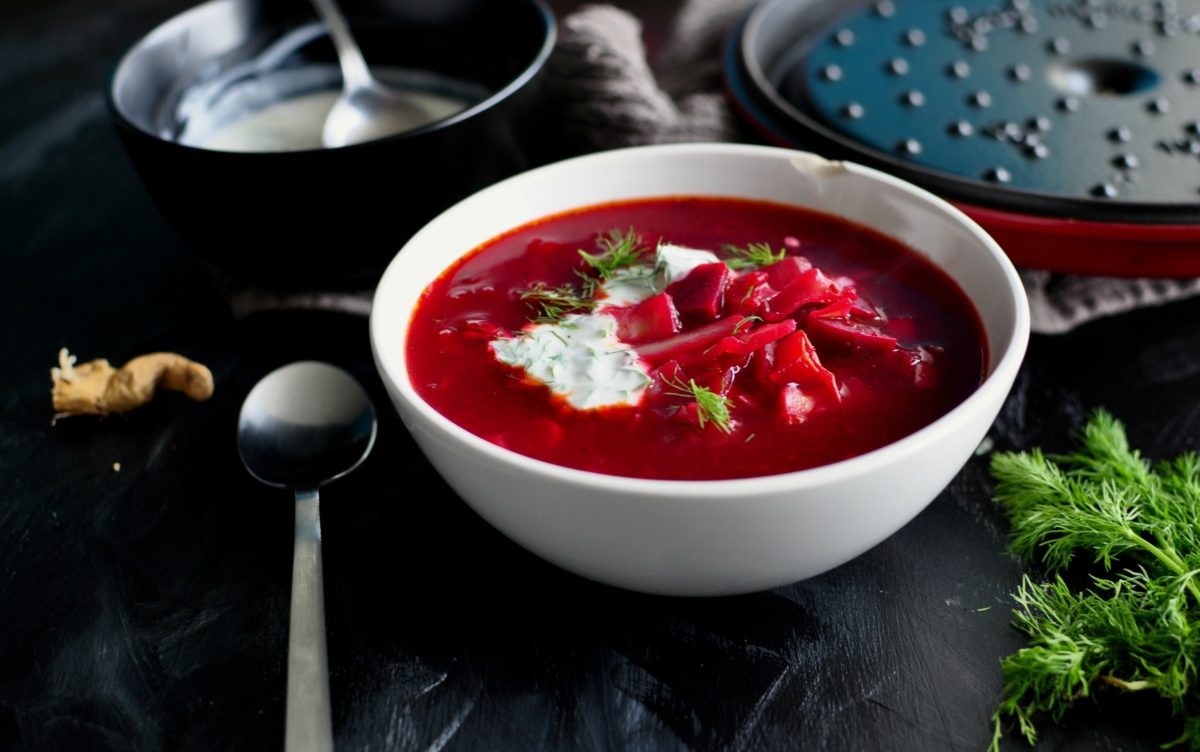
…
One thing I noticed was that the fruits in vegetables all seem to be local, and gorgeous. The colors are vibrant, flesh is plump and crisp, the world-famous Sochi tomatoes are bursting with juiciness. However, the selection is slim, and one thing I specifically have a hard time finding: dark leafy greens.
The restaurants that i’ve been to have all been delicious. Root vegetables, meats, and whole grains do dominate the menu, but they are not the only option, and the dishes are tasty.
…
Was this the most interesting blog? Nope. But hey, it’s informational.
5/31 #YearOfChallenge
